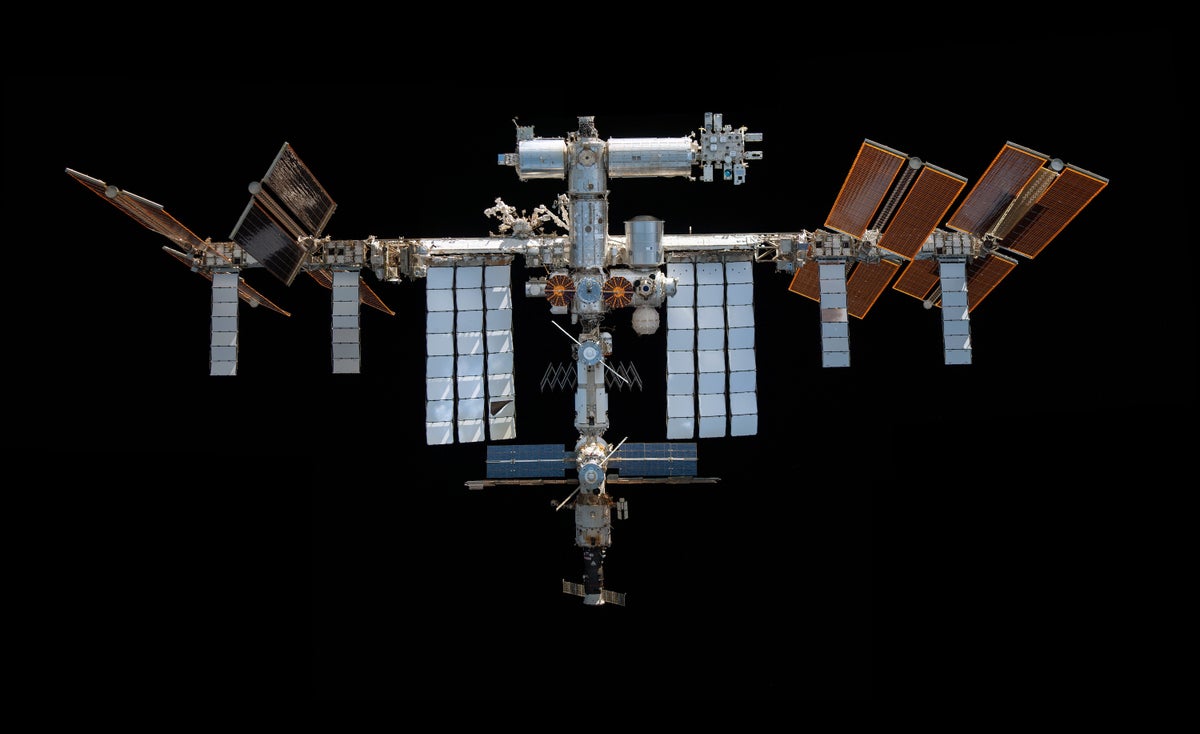
"For 25 years, astronauts have lived and worked onboard the International Space Station (ISS), starting with the arrival of its first occupants on November 2, 2000. Built through a partnership between the U.S. and Russia in the aftermath of the cold war, the ISS has now witnessed five presidential administrations, the advent and demise of the iPod and even the lofting of another orbital habitat, China's Tiangong space station."
"By 2031, NASA plans to deorbit the space station. Citing aging hardware and rising costs, the agency will bring it back through Earth's atmosphere for a fiery plunge into the Pacific Ocean. If all goes as planned, commercial space stationsoutposts operated not by government agencies but instead by private companieswill take the ISS's place to build on its success. The first of these is set to launch next year, with a slew of others scheduled to follow soon after."
"All of them have the same goal of fostering a vibrant, human-centered economy in Earth orbitand ultimately beyond. We hope to build habitats for the moon [and] Mars and eventually even an artificial-gravity space station, says Max Haot, CEO of Vast, a Long Beach, Calif.based company at the forefront of the private-sector spacefaring push. Vast plans to launch its Haven-1 space station as soon as May 2026. On Haven-1's heels will be several other habitats from Axiom Space, Blue Origin and Starlab Space."
The International Space Station sustained human presence in low Earth orbit for 25 years after its 2000 commissioning as a U.S.-Russia partnership. NASA intends to deorbit the ISS by 2031 because of aging hardware and rising costs, returning it through Earth's atmosphere into the Pacific. Commercial, privately operated space stations are planned to succeed the ISS, with initial launches beginning next year and multiple habitats targeted by decade's end. Companies such as Vast, Axiom Space, Blue Origin and Starlab Space aim to develop orbital habitats that support science, industry, and future lunar and Mars habitation efforts.
Read at www.scientificamerican.com
Unable to calculate read time
Collection
[
|
...
]